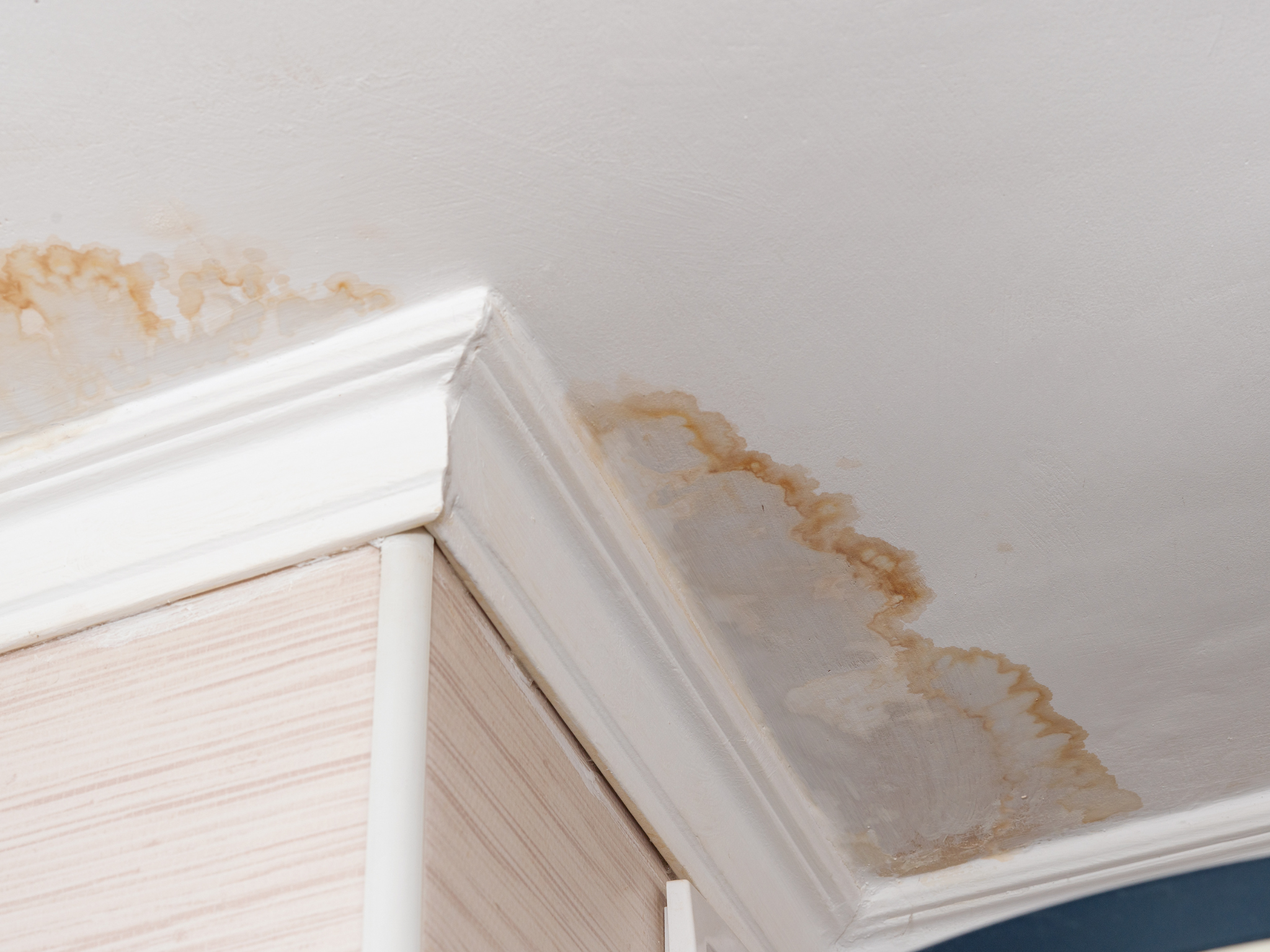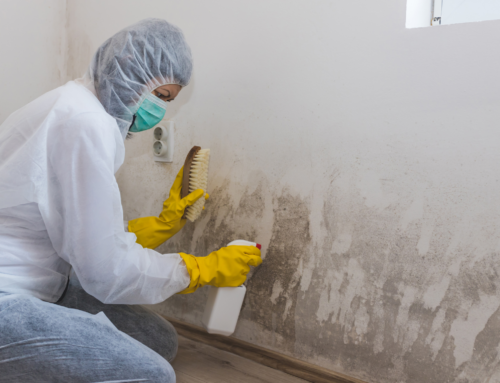A Homeowner’s Guide on Assessing and Repairing Water Damage after a Storm Surge
Living in areas prone to storm surges, like Fort Lauderdale, can be a beautiful experience, but it comes with its own set of challenges, especially when it comes to water damage. Storm surges can wreak havoc on homes, leaving behind a trail of destruction that demands immediate attention. In this guide, we will walk you through the essential steps to assess and repair water damage after a storm surge, ensuring a swift and effective restoration process for your home.
Safety First:
Before diving into the assessment and repair process, prioritize safety. Ensure that the affected area is safe to enter and be cautious of potential hazards like electrical issues or structural damage. If there are safety concerns, it’s crucial to contact professionals before attempting any assessment or repairs.
Assess the Extent of Damage:
Begin by assessing the extent of the water damage. Check for visible signs of water intrusion, such as standing water, water stains, or dampness on walls and ceilings. Document the damage with photographs; this will be valuable for insurance claims and discussions with restoration specialists.
Water Extraction:
Swift water extraction is paramount to preventing further damage and mold growth. Use pumps or wet vacuums to remove standing water from the affected areas. If the water damage is extensive, it’s advisable to seek professional assistance, like Tri-County All Restorations in Fort Lauderdale, who specialize in water damage restoration.
Drying Out:
Once the standing water is removed, focus on drying out the affected space. Use industrial fans, dehumidifiers, and open windows to promote air circulation. This step is crucial in preventing mold growth, which can occur rapidly in damp conditions.
Inspect for Structural Damage:
Storm surges can compromise the structural integrity of your home. Inspect walls, floors, and ceilings for any signs of damage. Cracks, warping, or sagging could indicate structural issues that require immediate attention from professionals.
Check Electrical Systems:
Water and electricity are a dangerous combination. Inspect electrical systems and appliances for water damage. If there’s any doubt about the safety of your electrical system, it’s imperative to contact a qualified electrician before attempting to restore power.
Evaluate Possessions:
Assess the damage to your belongings, including furniture, carpets, and personal items. Salvage what you can and discard irreparably damaged items. Keep a detailed inventory of damaged possessions for insurance claims.
Contact a Restoration Specialist:
For a comprehensive and effective restoration process, consider reaching out to specialists like Tri-County All Restorations in Fort Lauderdale. These professionals have the expertise, equipment, and experience to handle water damage restoration efficiently. Their services encompass everything from thorough assessments to complete repairs, ensuring your home is restored to its pre-damage condition.
Dealing with water damage after a storm surge is a challenging task, but with a systematic approach and the right professionals by your side, you can restore your home and regain peace of mind. Remember to prioritize safety, document the damage, and seek assistance from specialists like Tri-County All Restorations in Fort Lauderdale to ensure a swift and effective recovery for your cherished home.





